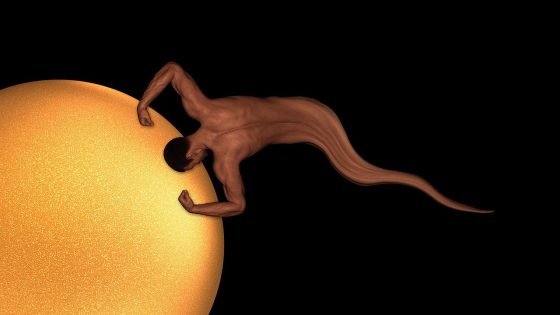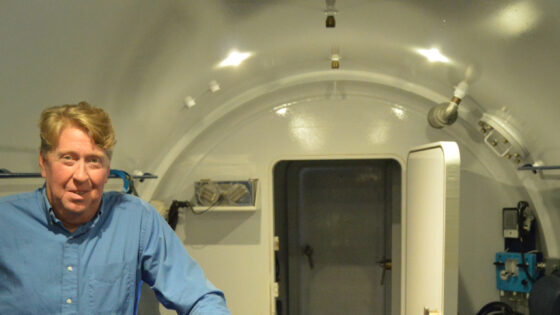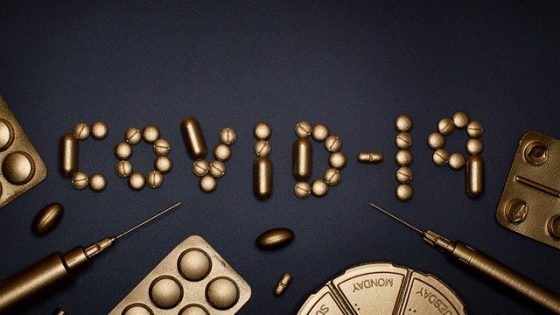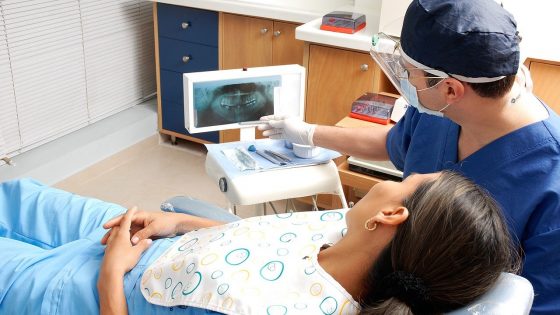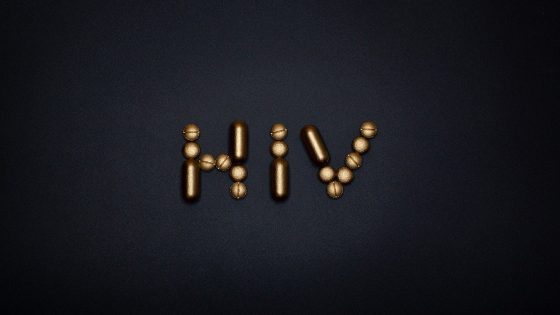cigar
A tube-shaped tobacco product that is made of tightly rolled, cured tobacco leaves in a tobacco leaf wrapper or a wrapper that contains tobacco. It may also have other ingredients, including substances to add different flavors. A cigar is lit on one end and smoked, but the smoke is usually not inhaled into the lungs. Cigars contain nicotine and many cancer-causing chemicals that are harmful to both smokers and nonsmokers. Smoking cigars can lead to nicotine addiction and can cause cancers of the mouth, larynx (voice box), esophagus, lung, and pancreas. Heavy cigar smoking can also increase the risk of heart disease and lung diseases, such as emphysema and chronic bronchitis.
cigarette
A tube-shaped tobacco product that is made of finely cut, cured tobacco leaves wrapped in thin paper. It may also have other ingredients, including substances to add different flavors. A cigarette is lit on one end and smoked, and the smoke is usually inhaled into the lungs. Cigarettes contain nicotine and many cancer-causing chemicals that are harmful to both smokers and nonsmokers. Smoking cigarettes can lead to nicotine addiction and can cause many types of cancer, including cancers of the lung, larynx, mouth, esophagus, throat, kidney, bladder, pancreas, stomach, and cervix, and acute myeloid leukemia. Smoking cigarettes also causes other health problems, including heart disease, stroke, and lung diseases, such as emphysema and chronic bronchitis.
cilengitide
A substance that is being studied as an anticancer and antiangiogenesis drug. Also called EMD 121974.
ciliary body
A part of the middle layer of the wall of the eye. The ciliary body includes the ring-shaped muscle that changes the size of the pupil and the shape of the lens when the eye focuses. It also makes the fluid that fills the eye.
cimetidine
A drug usually used to treat stomach ulcers and heartburn. It is also commonly used in a regimen to prevent allergic reactions.
CIN
Abnormal cells are found on the surface of the cervix. CIN is usually caused by certain types of human papillomavirus (HPV) and is found when a cervical biopsy is done. CIN is not cancer, but may become cancer and spread to nearby normal tissue. It is graded on a scale of 1 to 3, based on how abnormal the cells look under a microscope and how much of the cervical tissue is affected. For example, CIN 1 has slightly abnormal cells and is less likely to become cancer than CIN 2 or CIN 3. Also called cervical intraepithelial neoplasia.
CIN 1
Slightly abnormal cells are found on the surface of the cervix. CIN 1 is usually caused by infection with certain types of human papillomavirus (HPV) and is found when a cervical biopsy is done. CIN 1 is not cancer and usually goes away on its own without treatment, but sometimes it can become cancer and spread into nearby tissue. CIN 1 is sometimes called low-grade or mild dysplasia. Also called cervical squamous intraepithelial neoplasia 1.
CIN 2
Moderately abnormal cells are found on the surface of the cervix. CIN 2 is usually caused by certain types of human papillomavirus (HPV) and is found when a cervical biopsy is done. CIN 2 is not cancer, but may become cancer and spread to nearby normal tissue if not treated. Treatment for CIN 2 may include cryotherapy, laser therapy, loop electrosurgical procedure (LEEP), or cone biopsy to remove or destroy the abnormal tissue. CIN 2 is sometimes called high-grade or moderate dysplasia. Also called cervical squamous intraepithelial neoplasia 2.
CIN 2/3
Abnormal cells are found on the surface of the cervix. CIN 2/3 is usually caused by certain types of human papillomavirus (HPV) and is found when a cervical biopsy is done. CIN 2/3 has features of CIN 2 and CIN 3. It is not cancer, but may become cancer and spread to nearby normal tissue if not treated. Treatment for CIN 2/3 may include cryotherapy, laser therapy, loop electrosurgical procedure (LEEP), or cone biopsy to remove or destroy the abnormal tissue. Also called cervical intraepithelial neoplasia grade 2/3.



